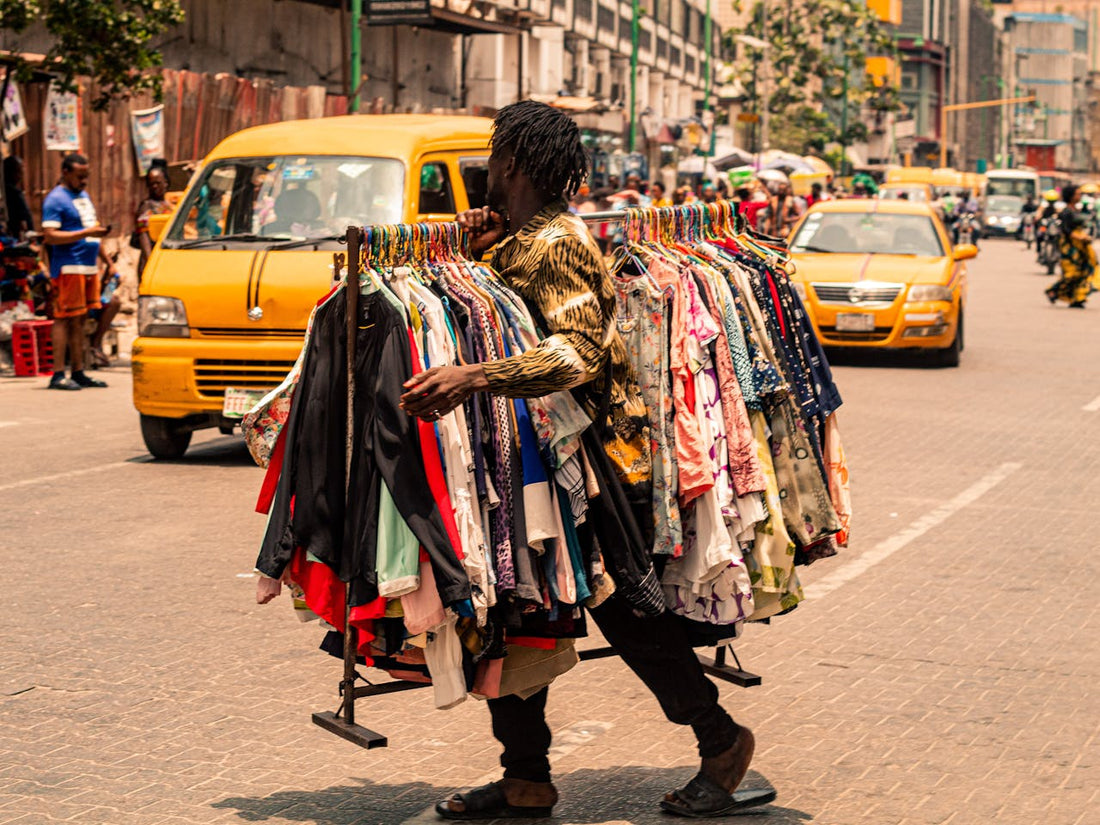
How Local Fashion Scenes are Shaping Global Trends
Share
African street style is bold, colorful, and unapologetically unique. Rooted in culture and creativity, it’s gaining recognition for its influence on global fashion. From the busy streets of Lagos to the bustling markets of Nairobi, African street style is carving a niche for itself, blending traditional fabrics, modern cuts, and creative designs.
The Rise of African Street Style
Africa's street style scene has grown exponentially over the past decade, fueled by social media and a growing sense of pride in African heritage. Young Africans are merging their cultures with modern influences, creating a style that is authentic, fresh, and distinct. Cities like Johannesburg, Accra, and Dakar have become fashion hot spots, where local designers and fashion enthusiasts experiment with patterns, colors, and textures.
This grassroots movement is characterized by a love for local fabrics like ankara, kente, and shweshwe, reimagined into contemporary designs such as tailored suits, chic skirts & dresses, and statement accessories. These styles embody the essence of Africa—vibrant, diverse, and full of life.
Blending Tradition with Modernity
What sets African street style apart is its ability to merge the traditional with the modern. Fashionistas often mix traditional prints with Western silhouettes, combining kente prints with denim or pairing a bold ankara jacket with boots/sneakers. This fusion creates a look that is both nostalgic and forward-thinking, honoring African heritage while embracing modern fashion trends.

Local designers are at the forefront of this trend, producing designs that reflect African culture in a contemporary way. Brands like Orange Culture (Nigeria) and Maxhosa Africa (South Africa) have made waves internationally, showcasing collections that are rooted in African street style but resonate globally. Online African stores in Canada such as Zee Store have also contributed to the wave of African exposure with their collections showing off the African lifestyle like never before.
Social Media and Global Exposure
The influence of African street style has grown significantly due to social media. Platforms like Instagram, TikTok, and Pinterest have allowed African fashion influencers and designers to share their styles with a global audience. Influencers like Denola Grey and Sarah Langa have amassed large followings by showcasing their distinct African-inspired looks, blending high fashion with street style.
African street style has also attracted attention from international fashion houses, with brands like Louis Vuitton and Balenciaga incorporating African-inspired patterns and silhouettes into their collections. This shift highlights the growing appreciation for African aesthetics in the global fashion scene.
The Global Impact
African street style is not just influencing fashion trends on the continent; it’s shaping global trends. The bold prints, innovative designs, and cultural richness of African street style are now seen on runways, in magazines, and at major fashion events around the world.
International celebrities like Rihanna, Beyoncé, and Zendaya have been spotted wearing African-inspired outfits, further propelling the trend into the mainstream. This global recognition has not only highlighted African street style but has also opened doors for African designers to showcase their talent on the world stage.

Conclusion
African street style is much more than a passing trend—it’s a cultural movement that celebrates individuality, creativity, and heritage. As local fashion scenes continue to grow and gain global recognition, African street style will undoubtedly remain a powerful influence on global fashion. From the streets of Africa to the runways of Paris and New York, this vibrant, eclectic style is shaping the future of fashion in bold and exciting ways.

